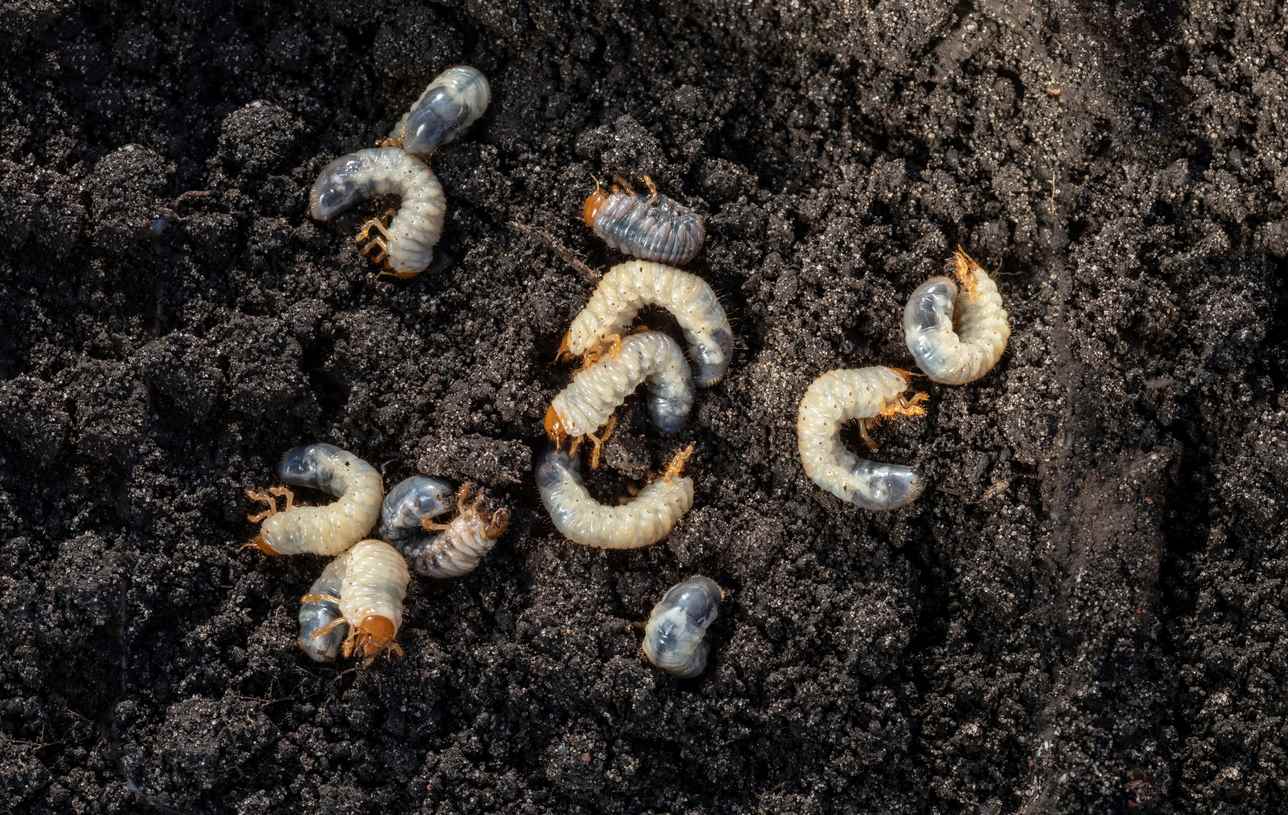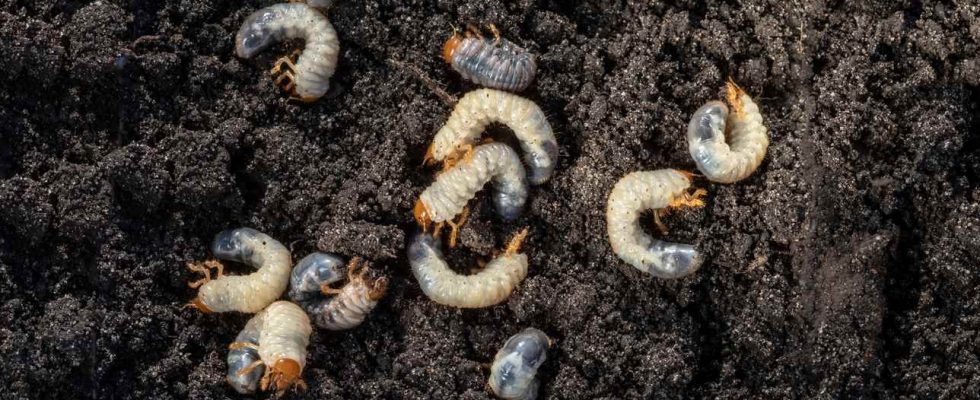
Understand how the composter works
First of all, let us remember that composting has been compulsory since January 2024 for individuals. There are different types of composters, but whatever the type, compost is obtained through the action of micro and macro-organisms. In a garden, in the case of a composter in direct contact with the soil, decomposition relies on the entire ecosystem which develops there thanks to different organisms which can freely access it.
These are the organisms that work to decompose your kitchen and garden waste by gradually ingesting it to allow you, after a while, to obtain compost very rich in nutrients which will be of great service to you in your garden.
Suffice to say that it is a means that we can no longer efficient, economical and ecological to recover part of the waste, but that this recovery would not be possible without these living organisms such as garden worms, but also ants, woodlice, beetles, etc.
What about those big white larvae?
We have just seen that your composter is the gathering point for many organisms, some visible to the naked eye, others not, and it may happen that you can spot large white larvae in your composter or even in your worm composter. Nothing is more normal than to be intrigued and to wonder if their presence is normal and whether or not it is good for your composter, or even for your garden.
You should know that these large white larvae can be either chafers or golden beetles. Confusion is quite common, because they are quite similar larvae, but the consequences of their presence are not at all the same, so it is important to learn to differentiate them.
Chafer larvae
Chafer larvae are commonly called “white grubs” because of their appearance. The cockchafer, a beetle, is part of the Scarabaeidae family. As an adult, it feeds on leaves and buds, but in the larval stage it is feared, because it attacks the roots of plants and being very voracious, it has a reputation for causing significant damage in vegetable gardens. .
As for your composter, there is little chance that the large white worms you have spotted are actually chafer larvae, because these larvae live buried underground and feed exclusively on fresh plant matter.
They are therefore not interested in what your composter contains! You are more likely to find chafer larvae in scraping the soil from your garden as close as possible to the roots of your plants, because this is where chafers tend to lay their eggs.
Golden ketone larvae
Golden ketone is also part of the Scarabaeidae family. It is therefore also a beetle, but which differs from the cockchafer by its beautiful metallic green color. Another difference between them is that females lay their eggs in piles of decaying organic matter and not in soil.
They can therefore very well choose your composter as a nursery, especially since the larvae of golden ketones feed on decaying organic matter who saw them born. The advantage of their presence for your composter is that their droppings will enrich your compost.
Furthermore, adult golden beetles are very useful in the garden, because they are pollinating insects. They feed on the nectar and pollen of the flowers which they transport to other flowers through the hairs with which they are covered. It is therefore important to let them live.
Differentiate between beetle and chafer larvae
As you have understood, it is important to be able to distinguish the larva of the cockchafer from that of the golden beetle, since one is bad for your garden while the other will be beneficial. Although, at first glance, they look quite similar, there are a few points to observe to differentiate them:
- Their morphology: The chafer larva is characterized by a large head and a thinner posterior part while in the beetle larva, it is the opposite, namely a small head and a wider posterior part.
- Their color : The beetle larva is gray in color while the cockchafer larva has a rather yellowish color.
- Paw size : The legs of the chafer larva are shorter than the width of the body while those of the chafer larva are longer than the width of the body.
Where do they come from?
These larvae are therefore not worms, since the worms remain worms throughout their life, while the larvae resulting from the eggs laid by the females metamorphose into insects at the end of their larval cycle. As we have seen, female golden beetles lay their eggs in decomposing matter such as compostbut also piles of rotten branches, piles of dead leavesetc..
It is therefore common to find them in composters. For chafers, if you find a larva in your composter, it is because it was lost or you accidentally threw it in with plant waste, since the females lay eggs in the ground, 3 or 4 cm away. deep, but that means you have some somewhere in your garden, which is bad news for your plants.
Presence of white larvae in my compost, what should I do?
Once the white larvae have been identified and most of the time they are golden ketone larvae, let them live peacefully in the heart of your compost. They remain for about a year in the form of larvae. During this period, they will feed on dead, decomposing organic matter, their droppings will refine your compost and enrich it and you can continue to use your compost normally, without restriction.
On the other hand, if you have determined that they are chafer larvae, which is rare, it is preferable to remove them, because these larvae do not contribute anything to your compost and this will allow you to avoid a possible proliferation. of cockchafers in your garden. No need to have fun crushing it, just leave the larva on the ground where it will delight the birds.

